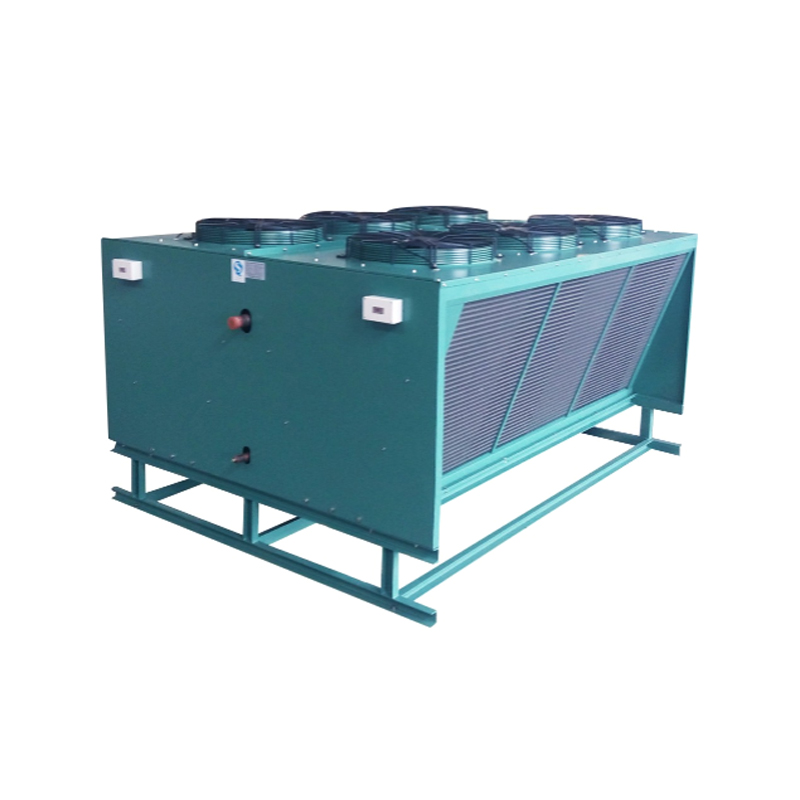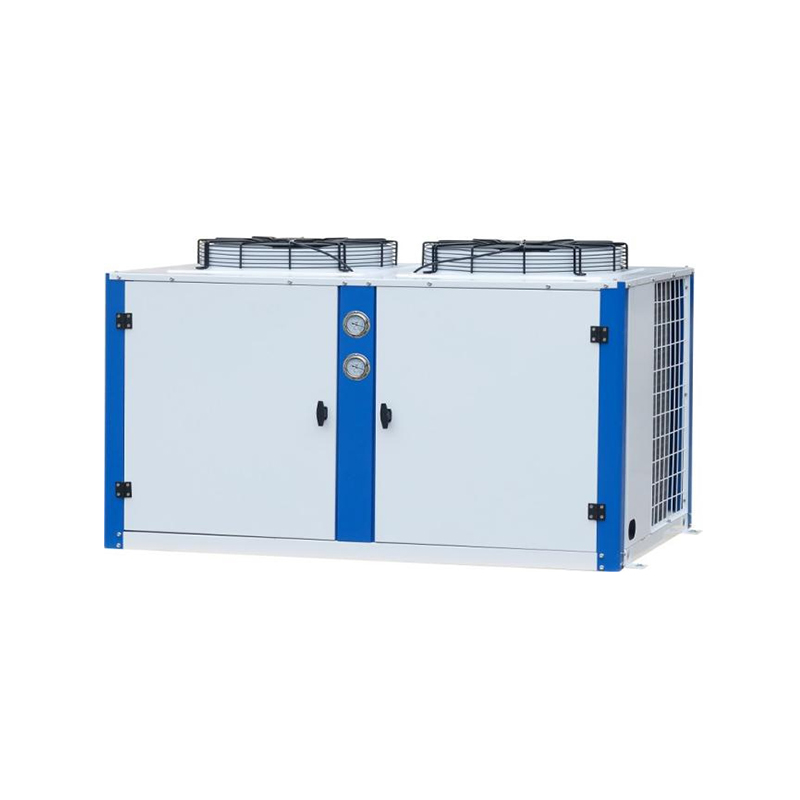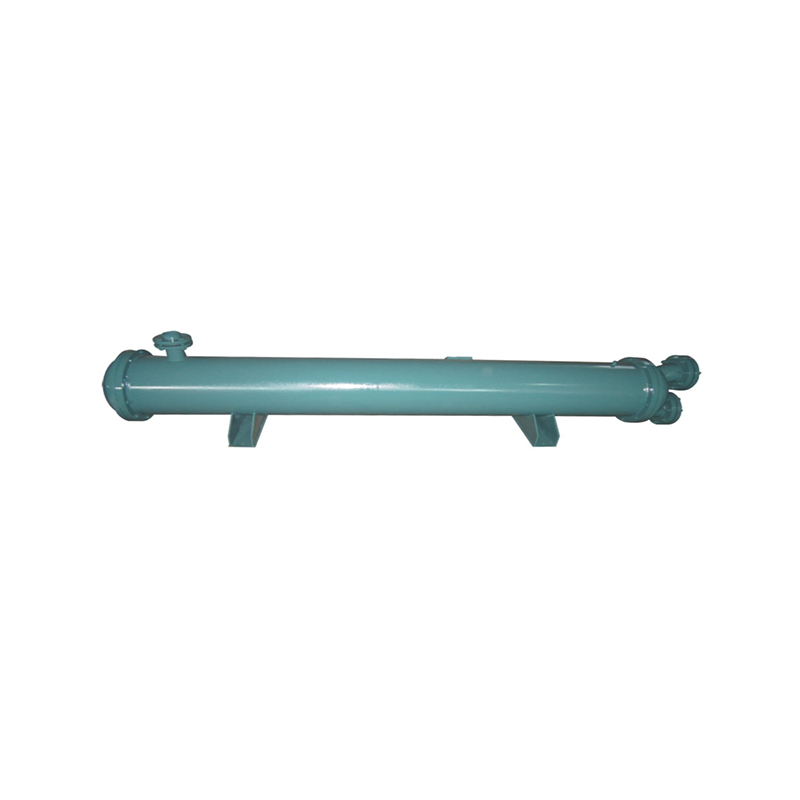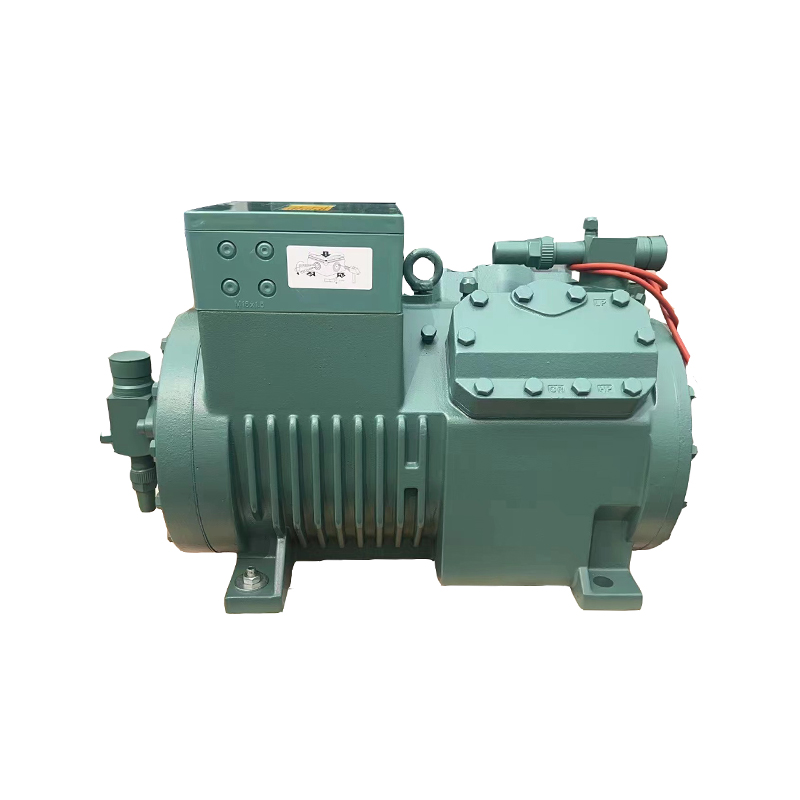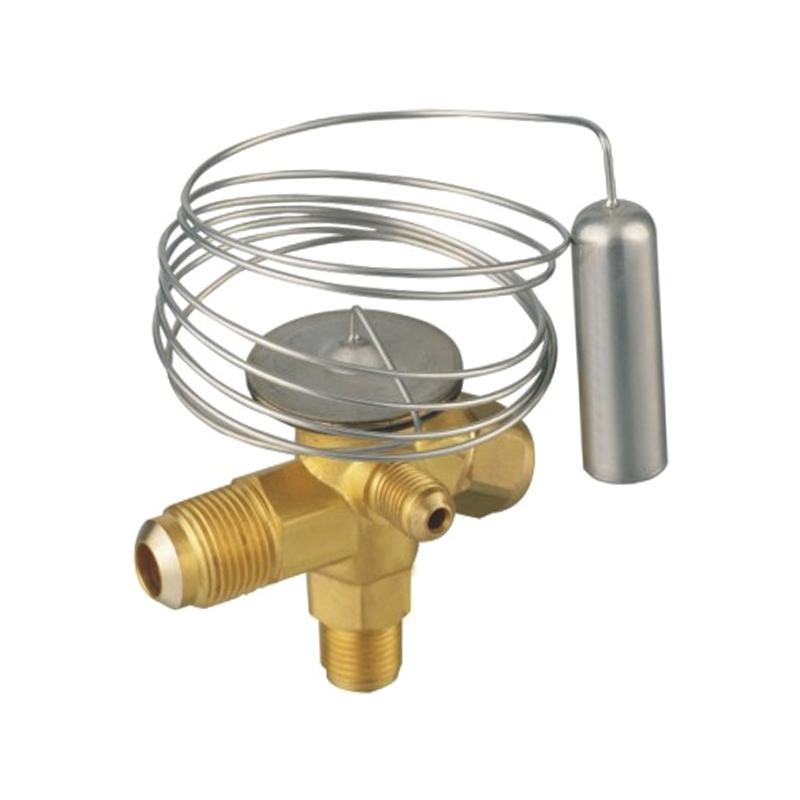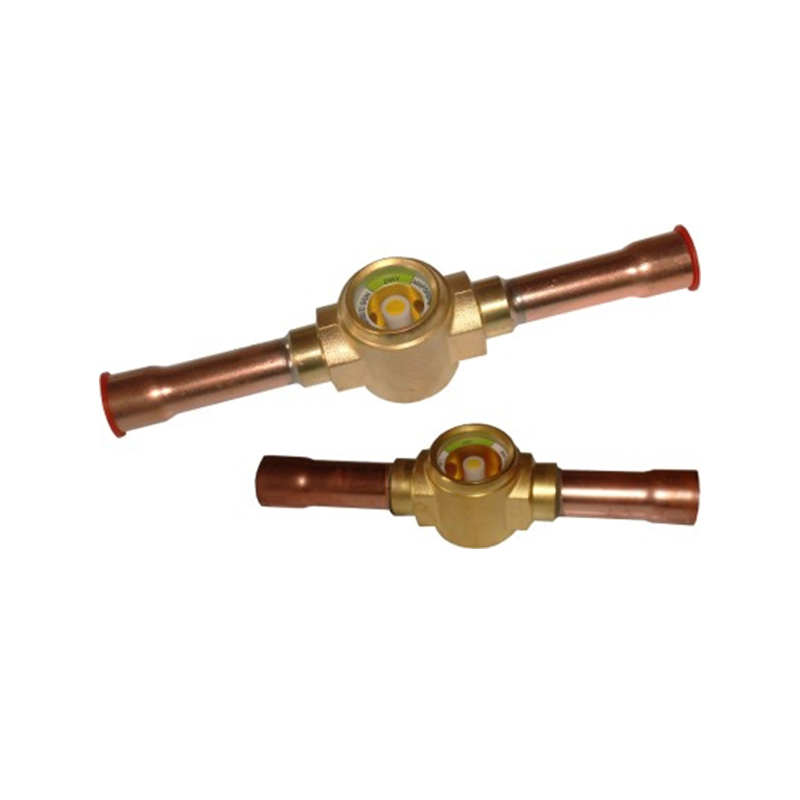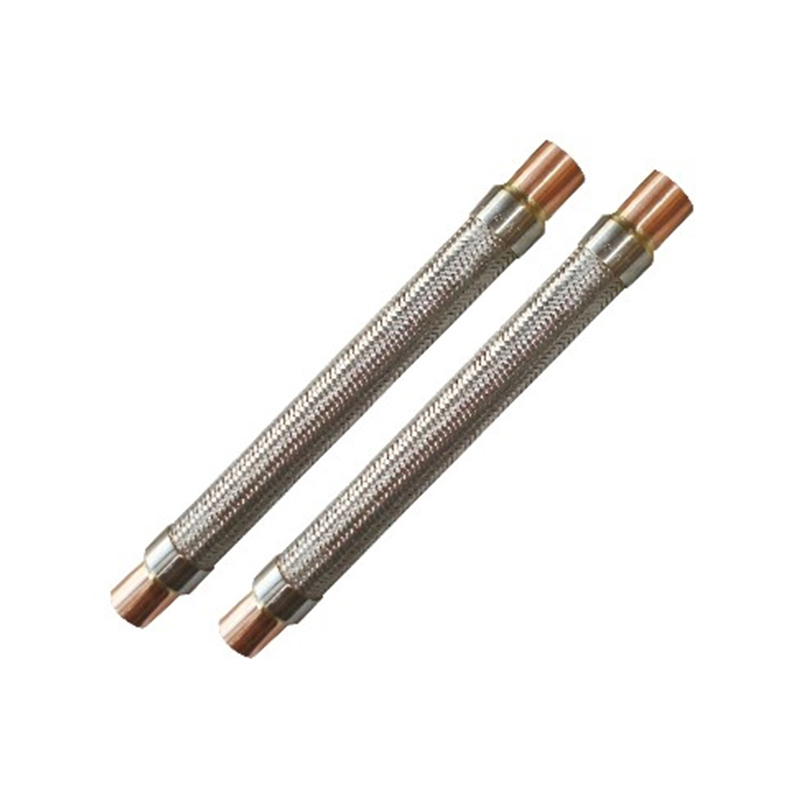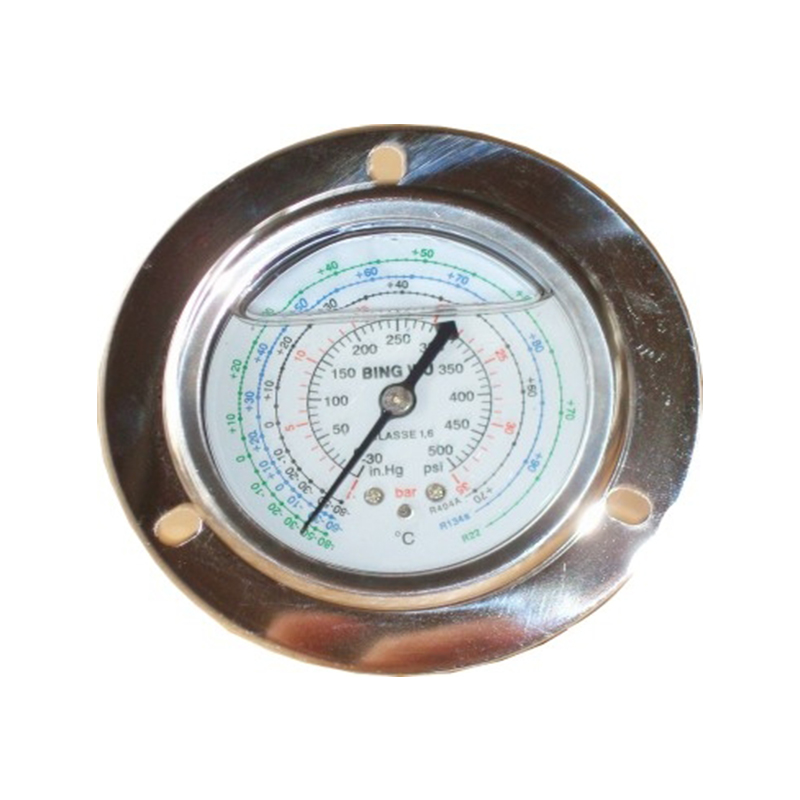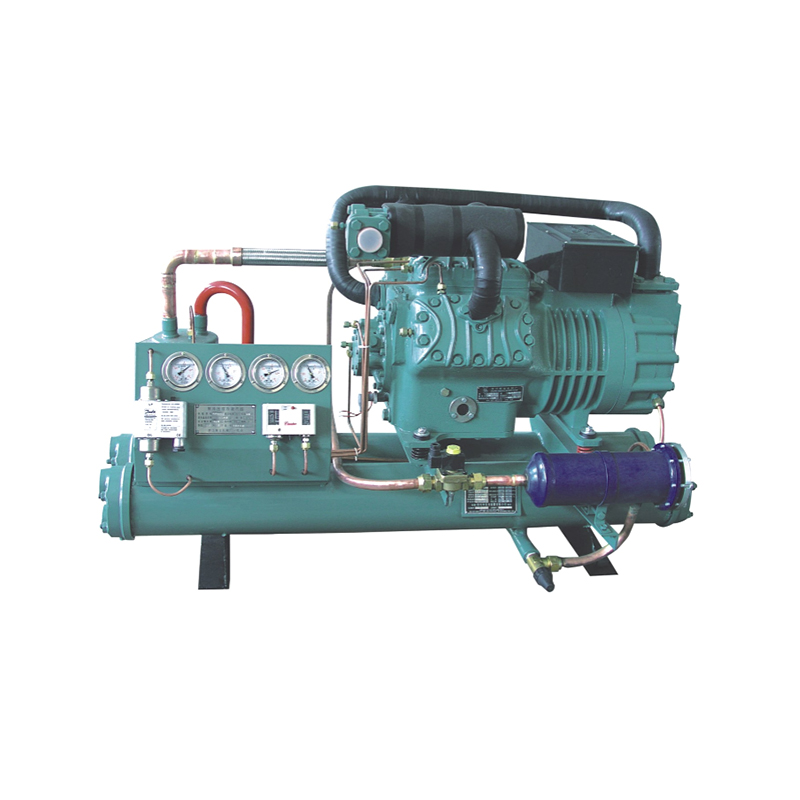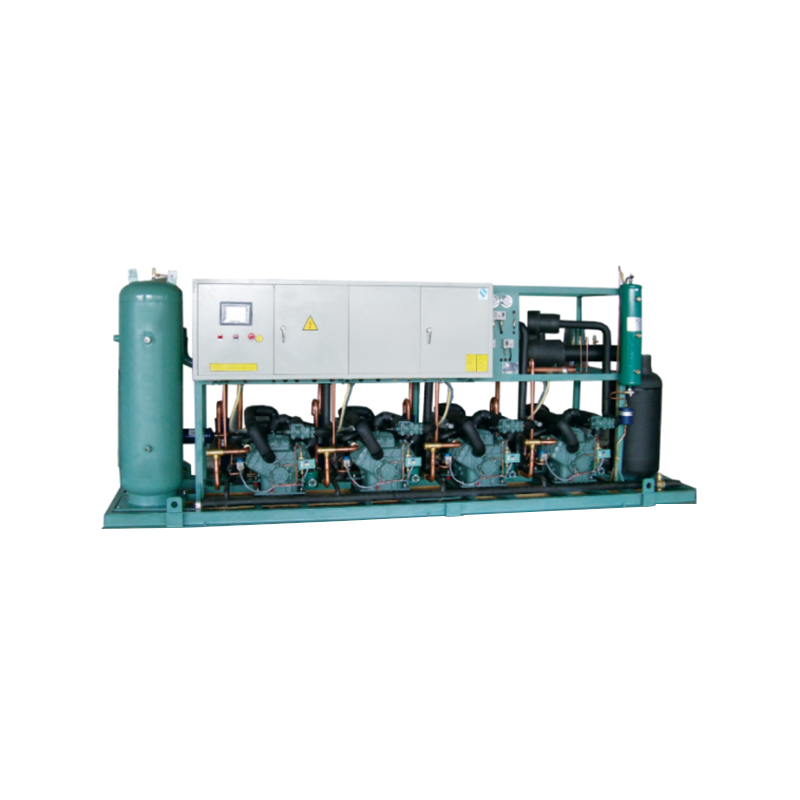The condenser usually increases the heat exchange surface area with the surrounding environment in the following ways:
Design heat sinks or heat pipes: Condensers are usually designed with multiple heat sinks or heat pipes, and the surface area of these fins or pipes is large enough to increase the contact area with the surrounding air or water, thereby improving the heat exchange efficiency.
Increasing the length or height of the condenser: Increasing the overall length or height of the condenser can increase its surface area, thereby enhancing the heat exchange capacity with the environment. This design takes into account the placement of more heat dissipation surfaces as much as possible within a given space.
Using cooling fans: In some cases, condensers are equipped with fans to enhance air flow and improve heat dissipation. These fans are usually installed behind the condenser to accelerate heat transfer through forced convection.
Using enhanced heat transfer technology: For example, some advanced condensers may use enhanced heat transfer surfaces, such as fins or spirals, which can increase the heat transfer surface area and thus improve heat transfer efficiency.
Optimizing materials and coatings: Using high thermal conductivity materials or special coatings can enhance the heat transfer performance of the condenser and improve its ability to exchange heat with the surrounding environment.
Through these designs and technical means, the condenser can effectively increase the heat exchange surface area with the surrounding environment, ensuring that the refrigeration system can operate efficiently and cool the refrigerant.
